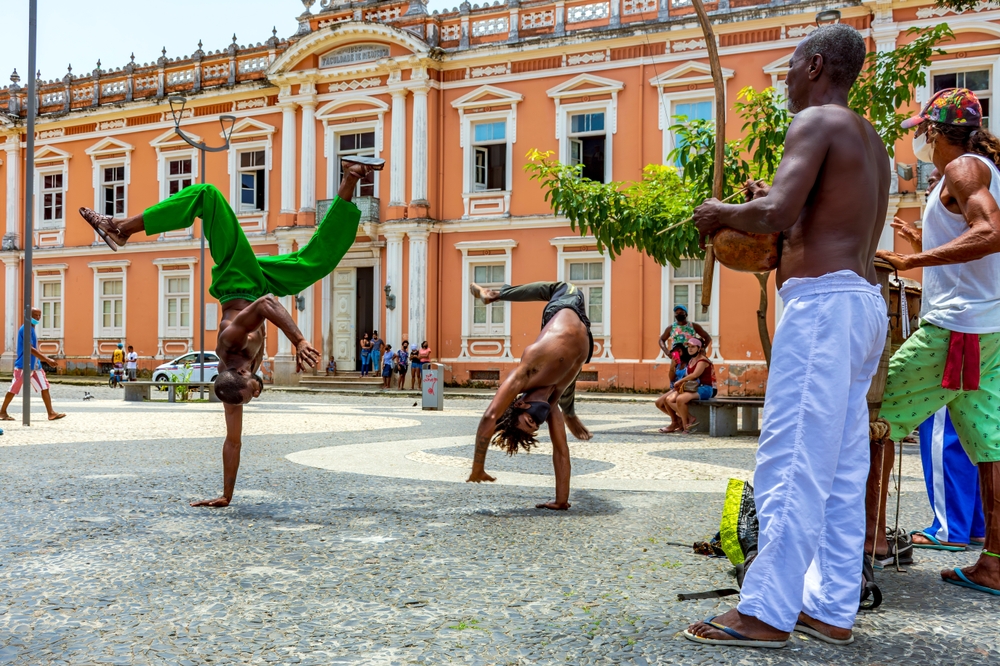Unraveling the Intricacies of Capoeira: A Dance, a Fight, a Way of Life
Capoeira, a unique fusion of dance and martial arts, has a rich history that stretches all the way back to the 16th century. This Brazilian-born discipline intertwines combat, music, and rhythm into a mesmerizing spectacle of power, grace, and agility. From its shadowy origins among enslaved Africans to its global popularity today, Capoeira is not just a sport—it's a cultural phenomenon, a training method, and a vibrant way of life.

Origin and Evolution: Capoeira’s Journey Through Time
Capoeira’s roots lie in the African slaves brought to Brazil by Portuguese colonizers in the 16th century. It was a clandestine art form, a means of survival and resistance against oppression. Disguised as a dance to avoid suppression by the slave masters, Capoeira was a secret martial art that held the seeds of rebellion.
Over time, Capoeira evolved from a survival tool into an illicit pastime, often associated with criminal elements in Brazilian society. However, the 20th century brought a significant shift. Mestre Bimba, a Capoeira master, opened the first formal Capoeira school in 1932, legitimizing the practice and sparking its transformation into a respected martial art.
The Current Landscape: Capoeira in the Modern World
Today, Capoeira is a global phenomenon, practiced by millions across the world. Its blend of martial arts, dance, music, and acrobatics appeals to a broad audience. The UNESCO even recognized Capoeira as an Intangible Cultural Heritage of Humanity in 2014, underlining its cultural and historical significance.
Treading the Capoeira Path: Benefits and Challenges
Capoeira offers numerous benefits, from physical fitness and flexibility to mental resilience and a strong sense of community. However, mastering Capoeira is no easy task—it demands dedication, discipline, and patience.
The Dance of War: Understanding Capoeira Techniques
Capoeira’s techniques are a harmonious blend of attack and defense moves, executed to the rhythm of traditional music. Ginga, the fundamental movement, is a rhythmic side-to-side step that sets the pace for the game (the term for a Capoeira encounter). Other notable techniques include the Esquiva (dodge), the Rasteira (sweep), and the Aú (cartwheel).
Capoeira Beyond the Roda: Real-World Applications
Although primarily a martial art, Capoeira’s influence transcends the roda (Capoeira circle). Its principles of respect, discipline, and community are applicable in various aspects of life, making Capoeira more than just a sport—it’s a way of life.
Capoeira’s journey from a clandestine survival tool to a globally recognized martial art is a testament to its enduring appeal and adaptability. Its captivating blend of dance, music, and combat continues to attract a diverse audience, making it a rich and vibrant facet of the ever-evolving world of sports.




